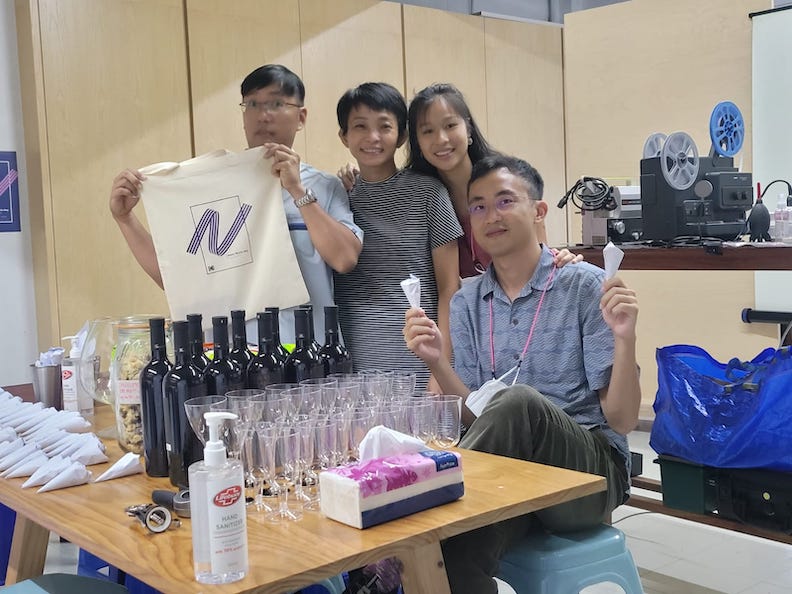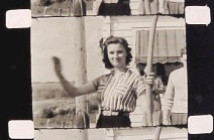Interview with Matthew Yang of Home Movie Day Singapore
Back in August, CHM board member Kate Dollenmayer sat down with Matthew Yang to learn about his experience organizing the first Home Movie Day in Singapore in 2022.
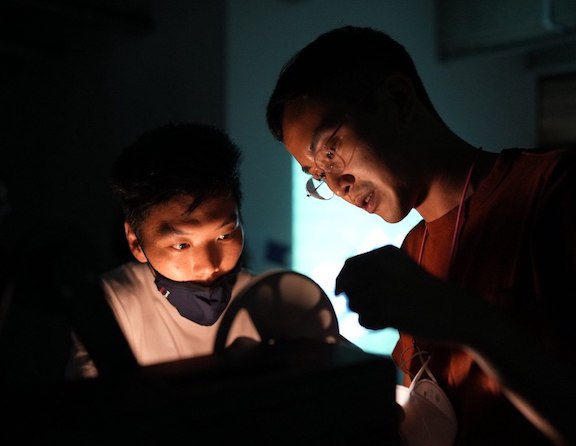
Matthew Yang is in his second year of pursuing a master of arts degree in moving image archiving and preservation at New York University. He received a bachelor of communication studies in cinema and art history from Nanyang Technological University in Singapore. In 2017, he joined the Asian Film Archive as an archive officer. In that role, Matt managed numerous film restoration projects that premiered at international film festivals, such as Cannes and Rotterdam. He also designed a new canister carrier bag to assist archives employees in transporting film collections between their offices and the vault, which were several blocks apart. Matt’s goal after completing his studies is to develop a digital preservation and literacy program in Southeast Asia.
Catch Matt this year at the NYU AMIA student chapter’s Home Movie Day in New York City on October 29th, and follow the second edition of Home Movie Day Singapore on November 18th-19th at hmdsingapore.com!
Kate: Tell me all about hosting Singapore’s first Home Movie Day.
Matt: A couple of us did it for the first time last year on August 13th and 14th, and we did it with no experience. It was the first of its kind.
Kate: Do you remember how you first heard about HMD?
Matt: Not exactly, but I think it was just Googling about home movies, because when I first started my internship at the Asian Film Archive, we came across a home movie. It was donated to us by a family; it featured a birthday party of one of the children in the family. Because the archive does not have a policy for home movies, we didn’t know what to do with it. So I just googled, out of curiosity, if the National Archives has it in their collection policy to collect home movies. And I think while looking for that, the Center for Home Movies came up in a search, and I thought, okay, what is the Center for Home Movies? That sounds pretty interesting, that there’s a center that focuses on home movies, and I read more about what the Center does, and obviously Home Movie Day is a key thing. I realized that while it’s a U.S.-based organization, it does international events usually in the month of November, is it?…or October?
Kate: Usually October, but we try to encourage people to do it anytime. Actually originally, when the first official Home Movie Day was held twenty years ago, they decided they wanted to do it on August 16th – 8/16, for 8mm and 16mm. Then at some point it switched to October. But that first one was in August!
Matt: Oh, I didn’t know that, okay! But as I was saying, Home Movie Day is a global event; I thought, okay, was it ever done in Singapore? Apparently not. I asked my co-workers, have you heard of Home Movie Day? and they said yeah, of course! They are all seasoned archivists, so I guess they were aware of it… but has it been done? No. Why don’t we do it? But home movies are not really part of our collection, so it’s never been attempted because no one really collects home movies. That was five or six years ago when I was fresh out of school. So that’s how it manifested; it just stewed in my head for a long time. I was interested in home movies, and I shoot Super 8 myself, and I know other people who shoot. So at some point I followed a couple of Home Movie Day events in the region, like in Japan, on Facebook and Instagram, and I thought, very intriguing! Gathering, screening, and celebrating home movies sounded like something within my interest. I was hoping to do it as early as 2020. I have technical experience with film, I know a couple people, but then COVID hit, so I just decided to shelve it until people could come together again. When things got more normal I said, yeah, I’ll do it, and I think that extra two years gave me more time to think about it. So it’s just been stewing for a very long time. And by that time I knew I was going to move to the U.S. for school, so I thought it’s now or never, and I decided to get a few friends to organize the first event last year. So that’s how it came about.
Kate: And how did it go?
Matt: It went very well. Initially there was concern that turnout might not be very good, that people wouldn’t really respond to it, not knowing what it is. But we got a lot of help and support. I think moving images create such a visceral and emotional response in people, especially home movies. And everything we planned for materialized. The idea for the first event was two parts: one, to let people experience shooting Super 8, and the second was to screen home movies. So the plan was to let people shoot and develop, for which we got a lot of support from Kodak, and a photochemical lab in Australia called Nanolab. We approached Kodak and they generously donated Super 8 stock, Ektachrome and some black and white.
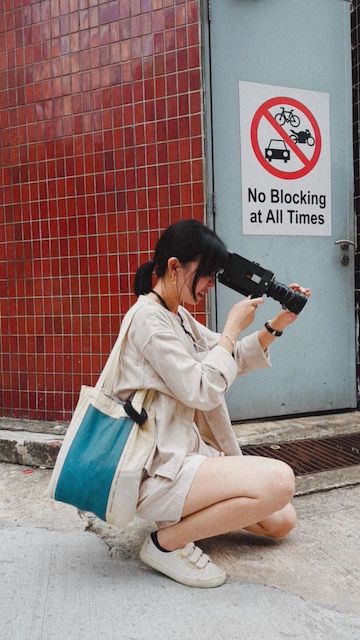
Kate: Is there a Kodak rep in Singapore?
Matt. Yep, there’s this one rep, Sally Tan, so we wrote and she said let me forward it to one of the heads in the UK; they asked for a proposal and they approved it in 24 hours.They said here’s a box of film, and we distributed two cartridges to each of eight filmmakers, and the rest was used for a workshop, shooting and developing with lomo tanks. So that was the first part. And the second part was to curate home movies shot from the 60s to the present. We curated two programs of home movies to screen and loop across the two days at the venue. So that was the main idea and it materialized… everyone was very intrigued, and it was very well attended, more than I expected.
Kate: What was the venue?
Matt: It was at a friend’s production office, a film production company. So we just converted it, moved the furniture aside for the weekend and projected three screens. We projected the works of the eight filmmakers who shot the films. And the two other programs that we curated were a mix of home movies shot by immigrant families–mostly British families that were stationed in Singapore during the 60s–and local families that shot home movies, which is actually quite rare, due to cost and access to the technology. So we got a lot of home movies from expat families mostly.
Kate: Where did you find them, the movies you curated for the screening?
Matt: Mostly just YouTube. A lot of British families would post their home movies on Facebook groups or YouTube, like “A Day at the Swimming Club.” You mostly see British families in the British swimming clubs, shots of their cars, families in the garden. And the rest of it was word of mouth, you know, hey, Matt is organizing a screening of home movies. So throughout the filmmaking community people said, oh yeah, my family shot home movies, I haven’t seen them since then… you have a projector? Great!…so it was just word of mouth and the internet.
Kate: Any surprises or highlights from the films you saw?
Matt: Mostly old landscapes of Singapore. You know, Singapore is a country that’s always in flux. Buildings come and go. There’s always a need to refurbish and renew. Through the footage we saw a lot of parts of Singapore before it was developed, how it was up through post-independence. Because Singapore only became independent in the 60s. So it’s such a huge contrast looking at evidence of some of these places before modernization. For me, at least, a young Singaporean, I thought oh wow, so this is how it looked.
Kate: The films that were commissioned from the filmmakers, did you give them any kind of prompt? Was the idea that they would make home movies? I’m curious what you think of the home movie form, is that a modern form that people can still make? Or was it more artistic films?
Matt: The only prompt was “home movie,” and I told them what Home Movie Day is about. That was it. So it was pretty open, just take the film, shoot something. These eight people were friends, filmmaker friends. Because we were passing my camera around, I wanted to make sure they could handle the camera and the light meter, and the rest was just, “I leave it to you.” So the results were both surprising and not surprising. Most if not all of them were already filmmakers, and some films were not what you would consider home movies. Two of them were experimental filmmakers so naturally they made experimental films. But I think they got the brief of “home movie”; it was just nice to see how they interpreted it. It was a mix of fiction and non-fiction. One of the filmmakers documented the exhumation of his grandfather’s grave. Because a lot of graves in Singapore were making way for redevelopment and land use. So he shot the exhumation of his grandfather’s grave and his parents’ reaction to the entire process, which is kind of like a home movie, documenting such a private moment within the family. And on the other extreme, another filmmaker did an experimental film about hair. I don’t know how to describe it… it’s just about hair. [Laughter] There were a good variety of films and interpretations of what “home movie” is.
Kate: I think there’s a lot of overlap with amateur narratives and amateur experimental films, and those show up at Home Movie Day too and are fun to watch in that context. What about you, what kinds of films do you like to make on Super 8?
Matt: Mostly moments that I want to remember. First of all because I know how much it costs to shoot and process the film, so I’m very selective about what I document, mostly moments I want to remember, people, family, my cat… places that I think will be gone at some point in time…
Kate: Does your family have home movies from when you were a kid, or older than that?
Matt: Yeah, but mostly just on video, not on film. I think that was a discussion of expanding Home Movie Day to include video, which is more like a technical limitation of not having the decks to play on site. We did have a projector to project film, but the discussion was to expand the scope of Home Movie Day to include both film and video. And hopefully we could have some equipment to help people watch them and possibly scan them in the future.
Kate: Will you do it again? Is there gonna be another one?
Matt: After doing it I realized how much work goes into an event. I think the [CHM] website says somewhere, “we first have to warn you that it’s a lot of work,” and I can confirm that. [Laughter] I’ll be in the U.S. until sometime next year. But fortunately a couple of folks who were involved last year were interested in running a next edition this year, which I’ve left completely to them. So yeah, there will be an event this year [insert link], and hopefully we can run it consistently. I think the biggest issue is resources, funding. How do we find funding, how do we build a team? Because it’s a lot of work for one or two people, how do we build a team to do it consistently and without having to dip into our own pockets to organize the event? So we’re thinking about how to make it more sustainable, first, and second, to involve more people to get new ideas and expand what an event like this can be like.
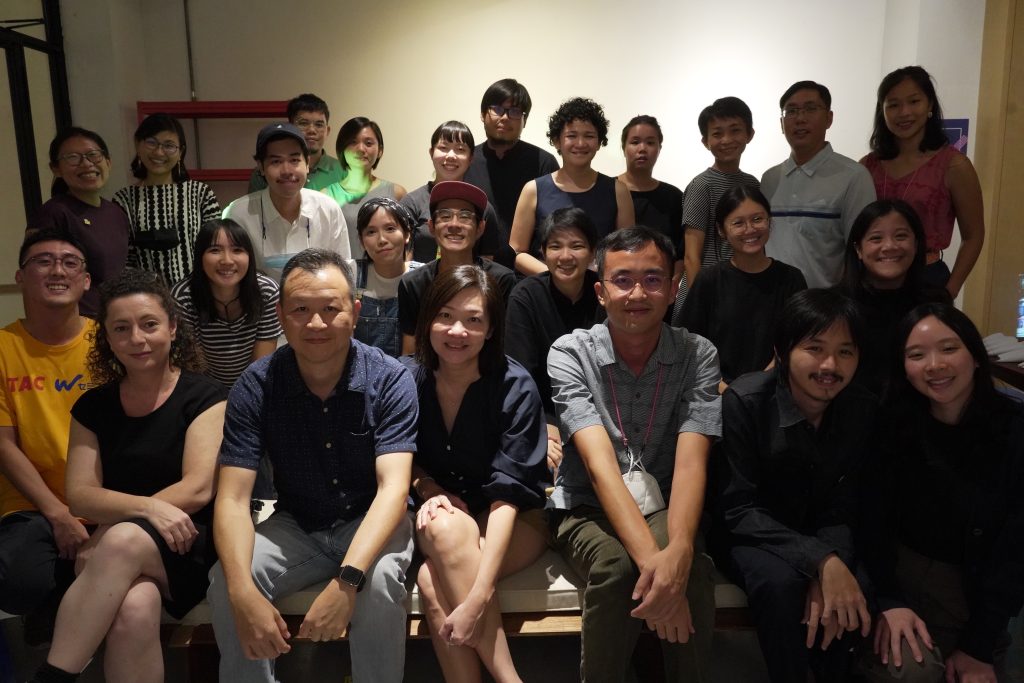
Kate: Tell me more about the workshop.
Matt: The event was two days, the 13th and the 14th of August. The workshop was on the 13th, we shot the film, then we developed it overnight, let it dry, then we projected it on the last evening. So everything was in two days. But it was a lot of planning, testing the lomo tank, making sure we knew what we were doing, threading it, testing the chemicals, because I’ve never hand-developed film before. We asked a local still photo lab, can we use your lab, can we use your chemicals? So the success of the event was really the result of help from a lot of people and companies.
Kate: And the Ektachrome, did you send that out?
Matt: We processed it, using E6 chemicals. The lab had all the chemicals we needed for black and white and Ektachrome. It was a lot of work, but it’s possible. Chemicals are not cheap, but it can be done.
Kate: Did any of those films get digitized?
Matt: Not yet. The prints are still sitting in my apartment. We did try to get them scanned. There is one post-production company in Singapore that has a ScanStation but they wanted to charge us a crazy fee. That is to say, the films from the workshop were not scanned (we hope to scan them at some point), but the [commissioned] filmmakers’ films were developed in Australia at Nanolab, scanned there, delivered by Google drive, we had them cut digitally, and projected digitally for the event. But the workshop stuff was entirely photochemically done. So it was a lot of ideas, a lot of planning.
Kate: The Center for Home Movies is putting out a call for greatest hits from past or present Home Movie Days to put together a compilation for the 20th anniversary. If you wanted to contribute something, it would be great to include some films from your Home Movie Day.
Matt: We have a lot of films; I’d be happy to send a couple. I think it would be interesting to have some contributions from Singapore.
Kate: Home Movie Day has been going for twenty years now, and things have changed; the awareness of home movies has increased since it started. But I think there’s still a role for Home Movie Day for sure, because there are lots of home movies still out there… but I’m curious, having done a Home Movie Day, if you have thoughts about what the future of this kind of work could be? Since you had so many great ideas for Home Movie Day Singapore, what do you think the Center for Home Movies should do?
Matt: The biggest challenge for me is how you expand it beyond film. From what I understand Home Movie Day has always been centered on home movies captured on film. There has been a lot of discussion, at least within my group, of how can we expand that to broaden the definition of a home movie – could it be something shot on an iPhone? Personally for me, I shoot a lot of private moments on my phone, more than on my Super 8 camera. So I think the challenge is, how do we present home movies in a variety of formats? I think that’s something we’ve been discussing. For the last Home Movie Day I thought we have to keep things simple, so we just concentrated on home movies on 8mm film. A challenge is having the necessary equipment to play back home movies in the way they were meant to be exhibited and enjoyed or consumed. So I think for us it’s more the technology, and how at some point also some of these technologies may fail. They’re slowly aging, so how do we preserve these technologies for the future?
Kate: Are there film collectors, or were there film clubs or film societies in Singapore? Are there people around from older generations who can fix projectors, who have some of that knowledge?
Matt: At this point, no. I’ve been asking around, but…there was one guy who was on the local version of eBay selling a lot of projectors, but I don’t think he fixes them; I think he’s just a collector. I think a lot of the expertise is still in North America and Europe. So I think it’s the biggest challenge for us: we have all these projectors, but no one knows how to maintain them or fix them, and my worry is that one day the projector we have is just gonna go kaput and won’t be able to play back.
Kate: Any last words?
Matt: We made a lot of swag, I did the branding, I did the social media… It was a lot of work! So whoever’s planning to do one, be prepared! But it was fun. I hope we can keep doing more.
